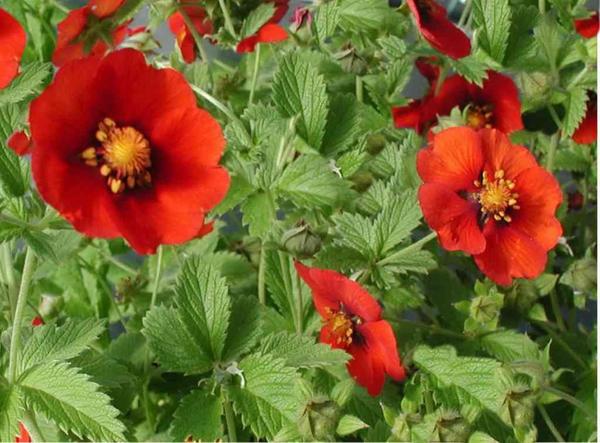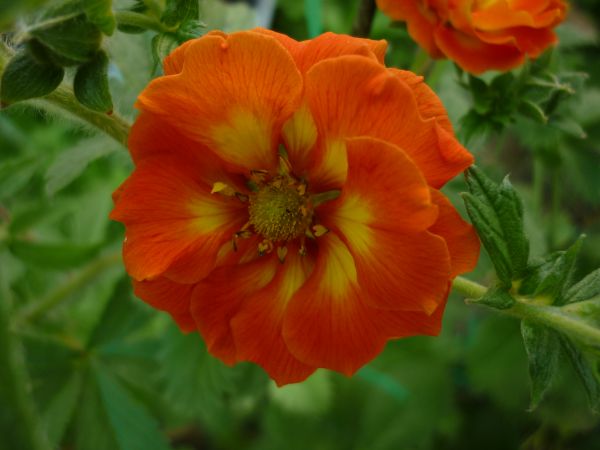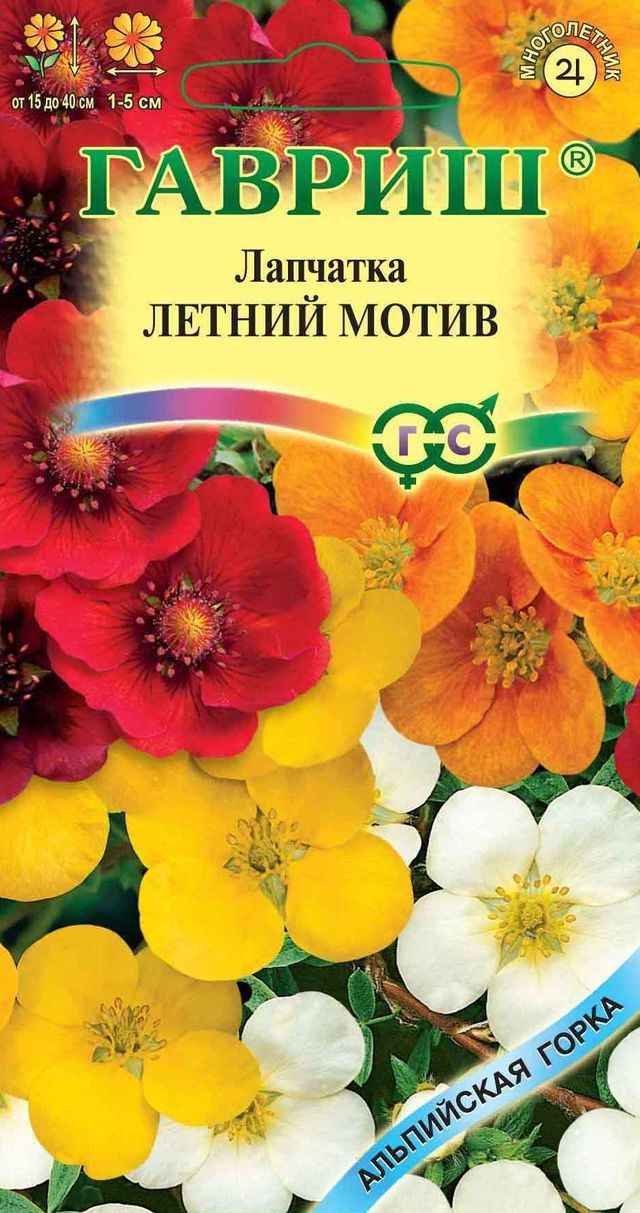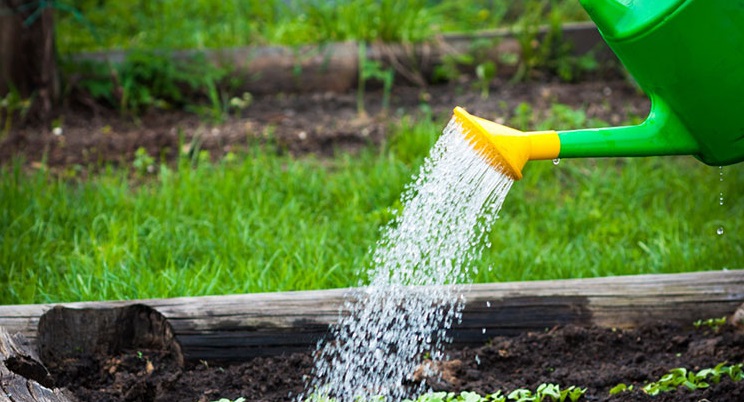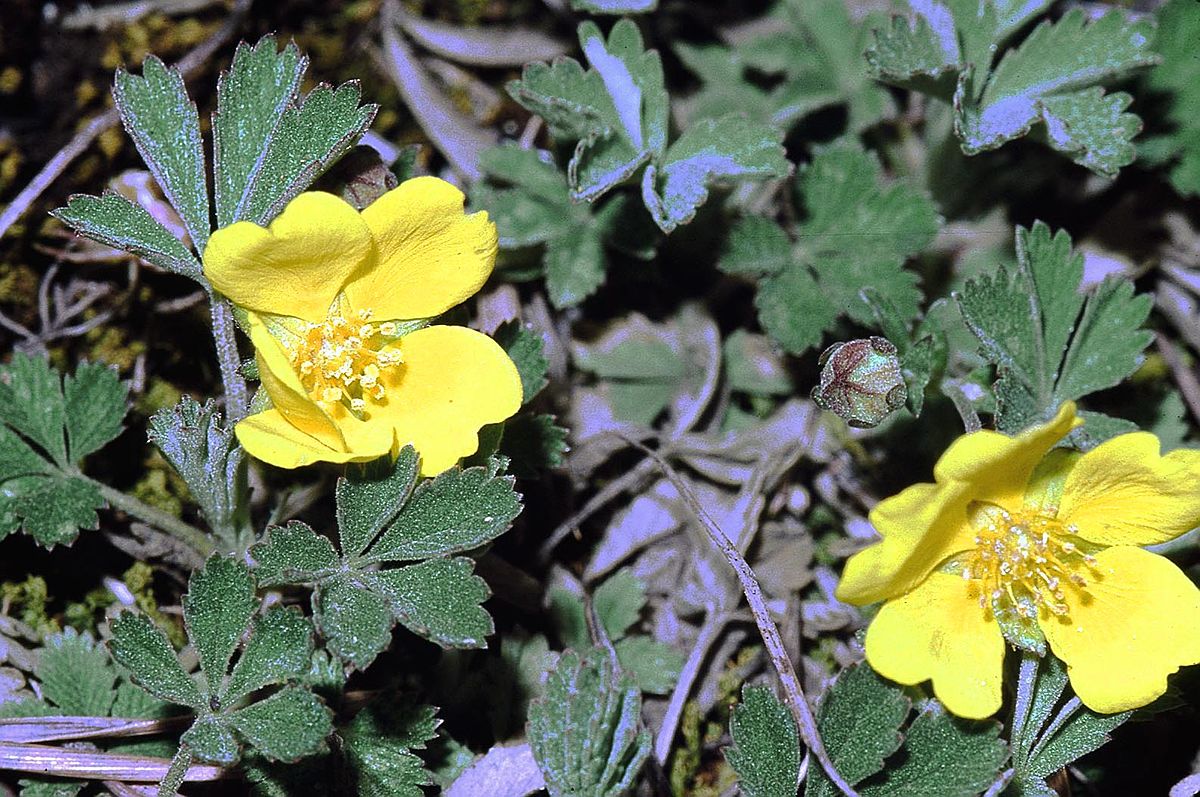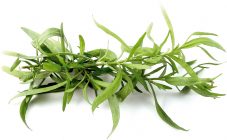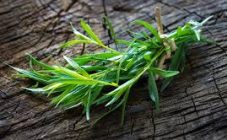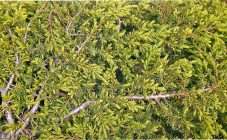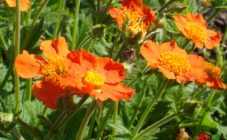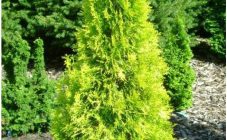Content:
Cinquefoil is widespread in natural conditions, but it can also be cultivated in household plots. This is a beautiful ornamental plant that also has valuable medicinal properties and is used in folk medicine, although it has certain contraindications. In order to successfully grow a crop, it is necessary to choose the right variety and master all the intricacies of its cultivation.
Short description
Cinquefoil is considered one of the largest genera in terms of the number of genera that are part of the Pink family. It consists of over 500 species that are ubiquitous throughout the northern hemisphere. Most of these species are represented as herbal plants, although some shrub specimens are also found. The most common types of this culture are:
- White bloodroot;
- goose cinquefoil;
- erect cinquefoil (galangal-grass);
- red herbaceous cinquefoil.
Planting and caring for a plant is largely due to its external structure. These are mainly perennial plants, in some cases - annuals or biennials. The stems are usually located straight, rise upward or expand, less often - take root in the corners and creep. Their height reaches one and a half meters. The foliage is multi-sectioned or trifoliate, pinnate or finger-sectioned, colored green or gray-greenish.
In most types of Potentilla, the inflorescences are arranged in paniculate-corymbose or pseudo-umbilical inflorescences. Some varieties are characterized by single flowers. Flowering occurs from May to September. The color of the petals is predominantly yellow, but there are species with a different color:
- pink;
- white;
- red.
The fruit consists of achenes, the number of which varies from 10 to 80. They are most often bare, in rare cases covered with hairs, fall off separately.
Perennial herbaceous cinquefoil: planting and care
Most of the species of the culture in question are undemanding to any cultivation conditions. The only exceptions are white cinquefoil grass, which prefers shaded plots, and shiny cinquefoil, growing well on sandy dry soils. In general, the best option for plants is a sufficiently lit plots, which are slightly shaded by other plants after lunch. In the absence of access to a sunny color, the plants will not bloom.
They require loose, slightly acidic soils that are rich in nutrients. The site must have a drainage system and contain a certain amount of lime in its composition.
Seed planting
The seed is sown in a special container at the end of winter - early spring, covering it with plastic wrap until shoots form and placing it in a room with an air temperature ranging from + 15C to + 18C. When the first leaves of the seedlings are formed, they are dived into separate cups. Seedlings grow slowly and only by the end of summer they become ready for transplantation to a permanent place. For the winter, the seedlings are covered, and in the next season their flowering is observed.
In some cases, it is allowed to sow in the fall.Plants with a successful overwintering will undergo natural stratification during the winter, and in the spring they only need a transplant.
Planting seedlings
The procedure is carried out in the spring, when the snow cover melts and the soil warms up well enough. The size of the pit should be twice the size of the earthen ball or container with seedlings. When planting several specimens, a distance of 30 cm is maintained between them. The bottom of the hole is covered with gravel for drainage. The remaining part of the hole is half filled with a soil mixture, which contains the following thoroughly mixed components in a 2: 2: 1 ratio:
- humus;
- leafy land;
- sand.
Add 150 grams of mineral complex feeding to the hole. The seedling is placed in a hole so that the root collar rises slightly above the ground level. Then the hole is covered with earth, tamped to eliminate empty spaces and irrigated abundantly. During the first 20 days, care must be taken to ensure that the plantings are adequately provided with moisture. So that the liquid does not evaporate so quickly, the soil in the bite sector is sprinkled with mulch, which is used as:
- straw;
- bark;
- sawdust, etc.
Plant care
Irrigation of Potentilla is carried out only during periods of prolonged drought. In this case, every two weeks, 10 liters of warm settled water are poured under each plant. Before watering, weeds are usually weeded out and the soil is loosened, however, in the presence of a mulching cover, these procedures are carried out much less frequently. In this case, 2-3 times during the summer you have to add mulch.
Top dressing is applied three times during the growing season. Fertilizer use usually occurs in May, July and August-September. For this, special mineral fertilizers are used for flowering plants. To make the cinquefoil bloom brighter and more lush, in the evenings after hot days, the plantings are watered.
Reproduction
Besides natural seed propagation, Potentilla can also be propagated vegetatively. The main method is dividing the bush, which is carried out either in early autumn or in April-May. A plant at least 4 years old is dug out of the soil, washed with water from a hose, and then cut into several parts with a sharp disinfected tool, each of which should have at least 2-3 buds. The roots of the cut are treated with rooting stimulants, and then they are planted in the soil, trying not to deepen the buds. The distance between the plants is maintained at 20-40 cm.
When propagating by cuttings, the planting material is cut in the second half of summer from the ends of the shoots, after cutting off the flowers. The length of the cuttings should be approximately 8-10 cm. They are kept for 1-1.5 months in moist perlite for rooting, and then moved to a warm room. Rooting is also used in open ground, in which a slightly shaded plot is selected, and cut bottles or glass jars are used as a shelter to form a greenhouse effect. The plants are sprayed several times a day and the buds that form are removed.
Using cuttings is the simplest propagation method. In the spring, a stem growing close to the soil is picked up on the mother plant, and an incision is made on its outside. After this, the shoot is bent with the incised side down, fixed and covered with soil. By the fall, a full-fledged root system will form at the cut at the site of the incision. After that, the layers are cut from the parent specimen and transplanted to a permanent place.
Pruning
Pruning is usually done in the spring before the buds open or in the fall. Uncut bushes lose their decorative properties. Most often, sanitary pruning is carried out in order to remove all sick, injured and thickening stems. Formative pruning is also used to give the plant a spherical or cushion shape.
In the spring, the growth of the last year is shortened by a third, and in the autumn, elongated and old shoots are removed. Rejuvenating pruning is carried out every 5 years or when a large number of dried branches appear. In the latter case, once every three years, a third of all dry shoots are cut off, which gradually leads to a complete renewal of the bush.
Diseases and pests
The culture in question is relatively resistant to most harmful insects and diseases, making it much easier to care for it. Occasionally, plantings are affected by rust, spotting or powdery mildew. On perennials, in this case, Bordeaux or colloidal liquid is used, while annual plantations are usually not treated at all. The main pest of Potentilla is scoops, against which appropriate insecticides are used, for example:
- Fufanon;
- Decis Profi;
- Fitoverm.
Autumn care, shelter for the winter
After the annual plants lose their attractiveness in the fall, they are removed from the plot. The soil on the site is dug up, applying fertilizers. When the shrub cinquefoil stops flowering, all its shoots are cut by a third and the plantings are sprayed with Bordeaux liquid to prevent diseases.
Perennial grass Potentilla is rarely covered for the winter, since they are quite winter-hardy. Rooted cuttings and young seedlings are subjected to the usual procedure, using spruce branches for this purpose. With the onset of spring, this shelter is dismantled as quickly as possible.
Cultivation of Potentilla in cultural conditions is not particularly difficult with certain knowledge. Correctly built cultivation techniques will allow you to get beautiful and lush blooming plantations.
